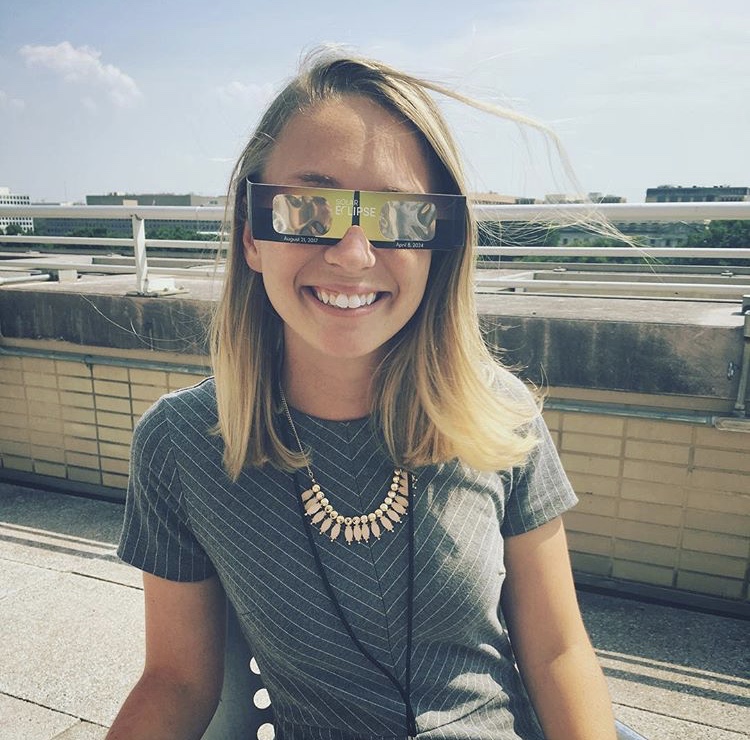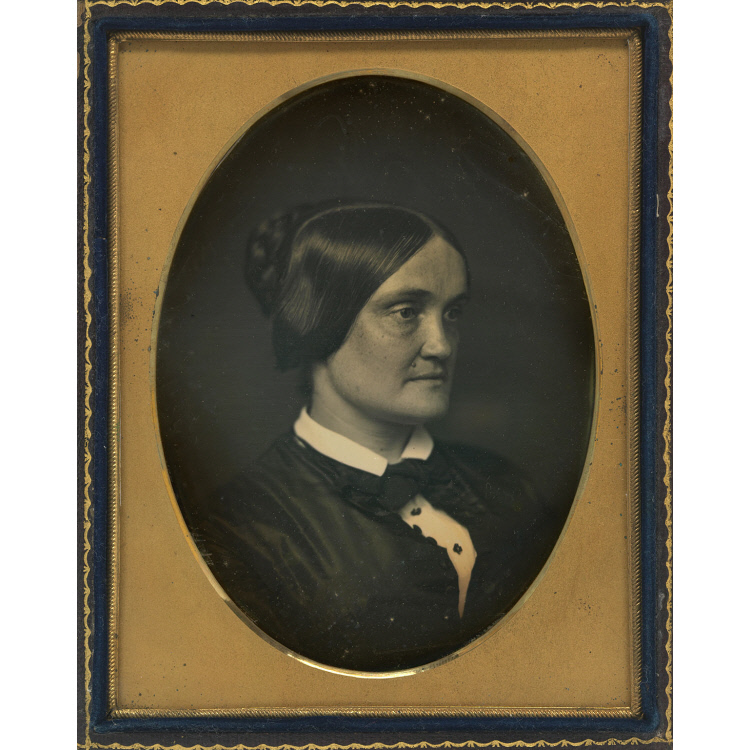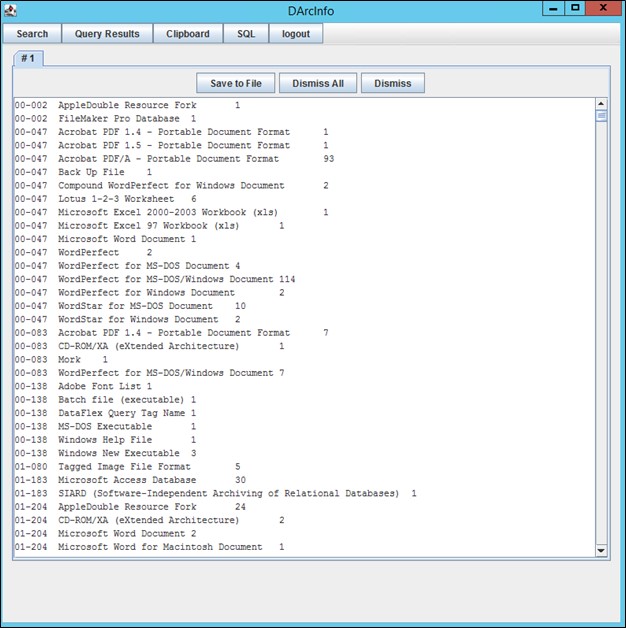Results for "Measuring what we do in museums: research, case studies and discussion (Video recording)"

Staff Matters: Meet Our New Additions
- Date: February 7, 2019
- Creator: Mitch Toda
- Description: Meet the newest members of the Archives team in our continuing series on introducing new staff.

Hot Topix in Archival Research, Spring 2018
- Date: May 22, 2018
- Creator: Deborah Shapiro
- Description: This is the latest post in our "Hot Topix" series. In each quarterly edition we show you what the reference team has been up to, and bring you some of the more notable inuqires we have received.Vicarious research is one of the great joys of the reference desk at the Smithsonian Institution Archives. From our front-row (well, only-row) seat outside the reading room, we catch

Volunteer Appreciation: Petrina Foti
- Date: April 11, 2017
- Creator: Lisa Fthenakis
- Description: We celebrate Volunteer Appreciation Month by recognizing Petrina Foti, whose work contributes to our oral history collections.
- Blog Post
We Don't Know about You, But We’re Feeling (20)22
- Date: December 30, 2021
- Creator: Emily Niekrasz
- Description: Despite another year of telework and limited physical access to our collections, the Smithsonian Institution Archives has continued to serve our researchers and share more of our collections with the public.
- Webpage
How to Do Oral History
- Date: May 7, 2020
- Description: Oral history is a technique for generating and preserving original, historically interesting information – primary source material – from personal recollections through planned recorded interviews.
- Blog Post
Help Us ID These Mystery Women and Scientists
- Date: March 9, 2011
- Creator: Catherine Shteynberg
- Description: Access the official records of the Smithsonian Institution and learn about its history, key events, people, and research.

Assessing File Format Risk for Born-Digital Preservation Planning
- Date: August 3, 2021
- Description: In addition to physical damage and deterioration of storage media, the technological complexity and dependency of electronic records make them uniquely vulnerable to loss, corruption, and alteration (both accidental and malicious). To achieve long-term preservation of fragile born-digital materials, digital archivists need a plan.
- Blog Post
Where to Begin? Determining Founding Dates in ForestGEO’s Global Network of Research Plots
- Date: April 21, 2020
- Description: Behind the seemingly objective certitude of a date lies an argument about what counts.

Smithson's Draft Will: A Case for Handwriting
- Date: January 23, 2013
- Creator: Nora Lockshin
- Description: An examination of handwriting characteristics. Part 1 of a series on the James Smithson Draft Will.
- Document
Torch 12/1967
- Description: SIA Record Unit 000371, Smithsonian Institution., Office of Public Affairs, The Torch, 1955-1960, 1965-1988, 1967 Box 1 Folder 12

Did the Curator Really Do It? Popular Culture at the Smithsonian
- Date: August 1, 2013
- Creator: Pamela M. Henson
- Description: How has the Smithsonian been portrayed in popular culture – fiction writing, movies and television, over the last 160 years and has its popular imaged changed?
- Blog Post
The Born-Digital Diaries: “Interrogate the Floppy!”
- Date: April 28, 2020
- Description: As an intern with the Smithsonian Institution Archives, I developed strategies that would make our born-digital collections more accessible to the researcher and enhance discoverability.
